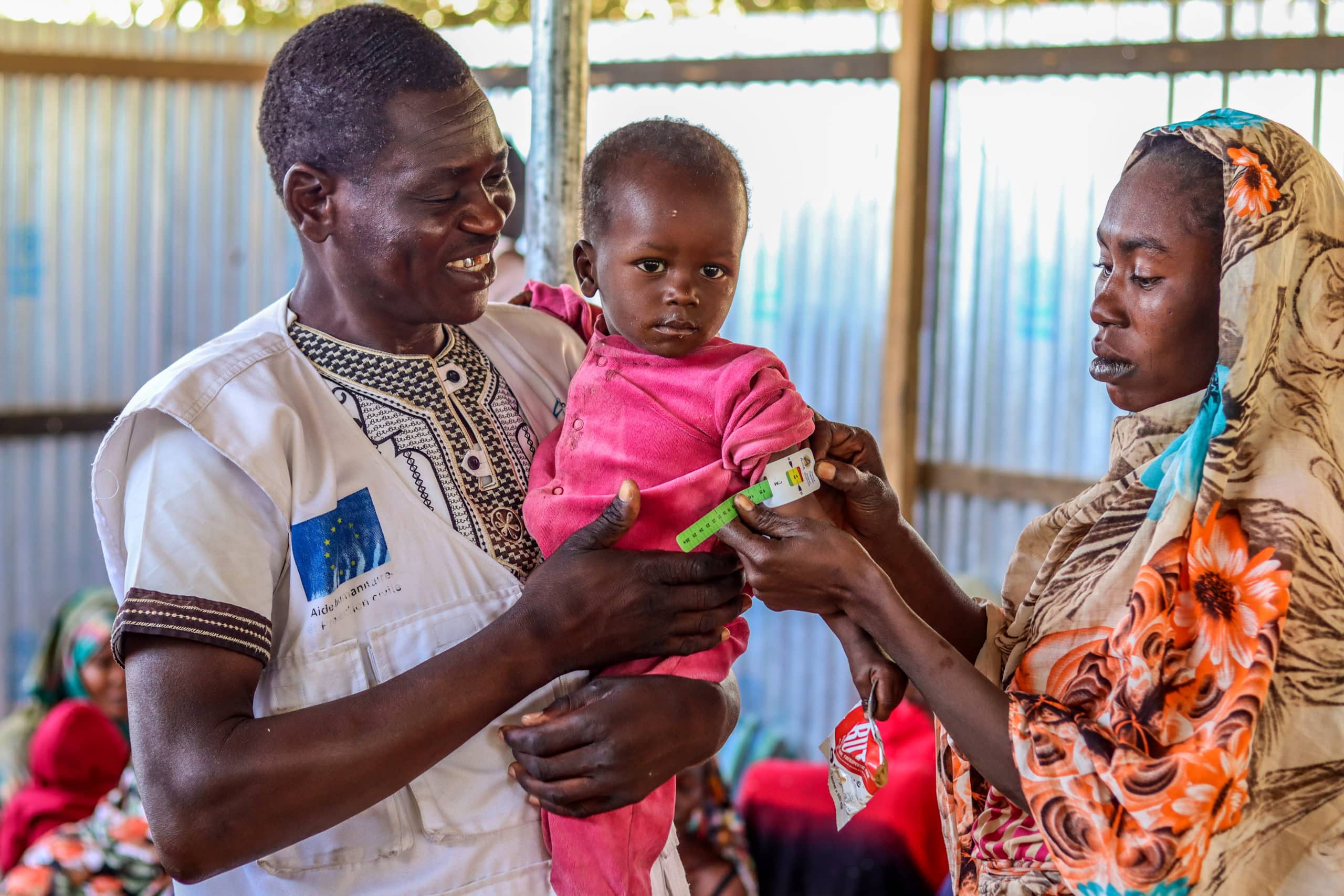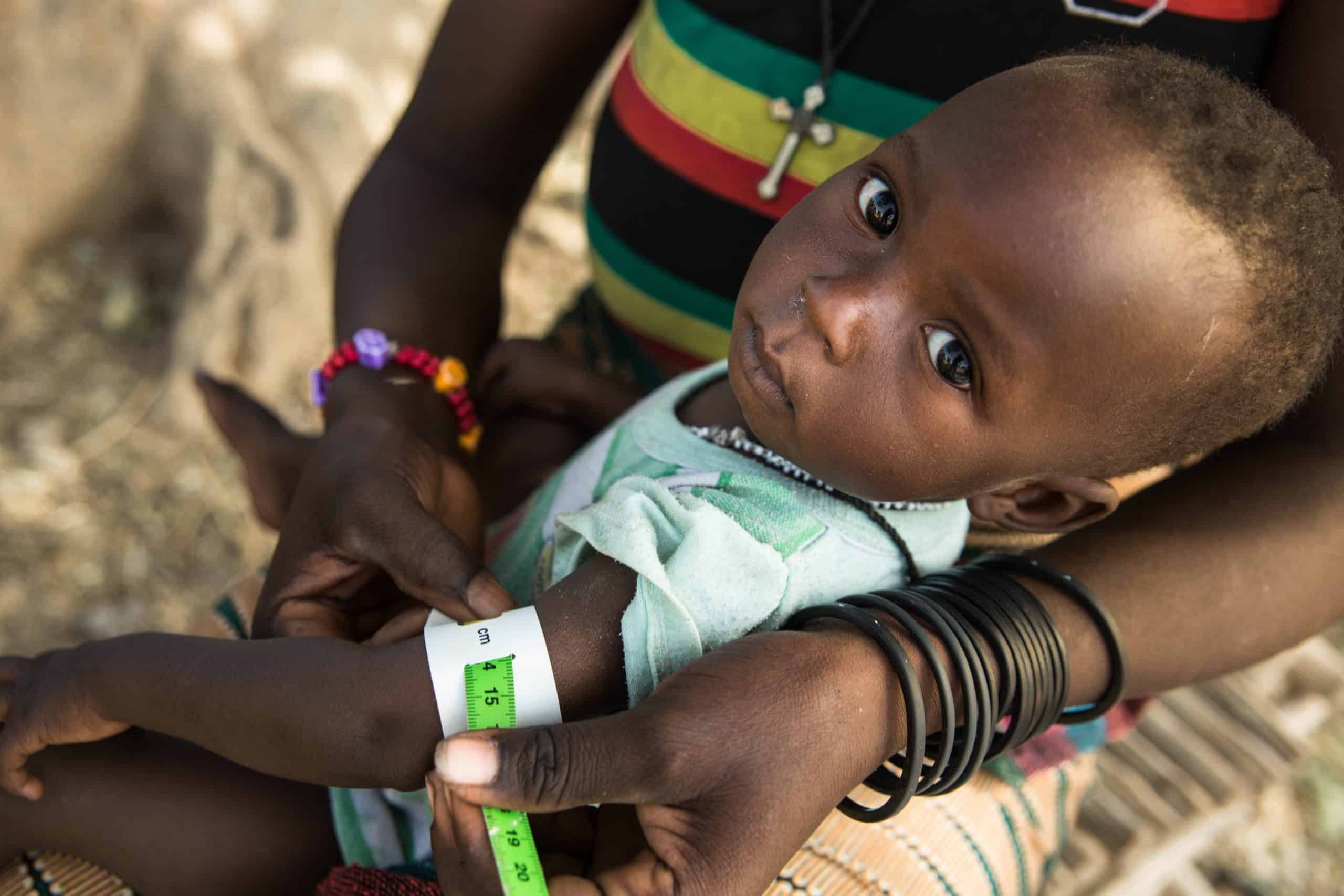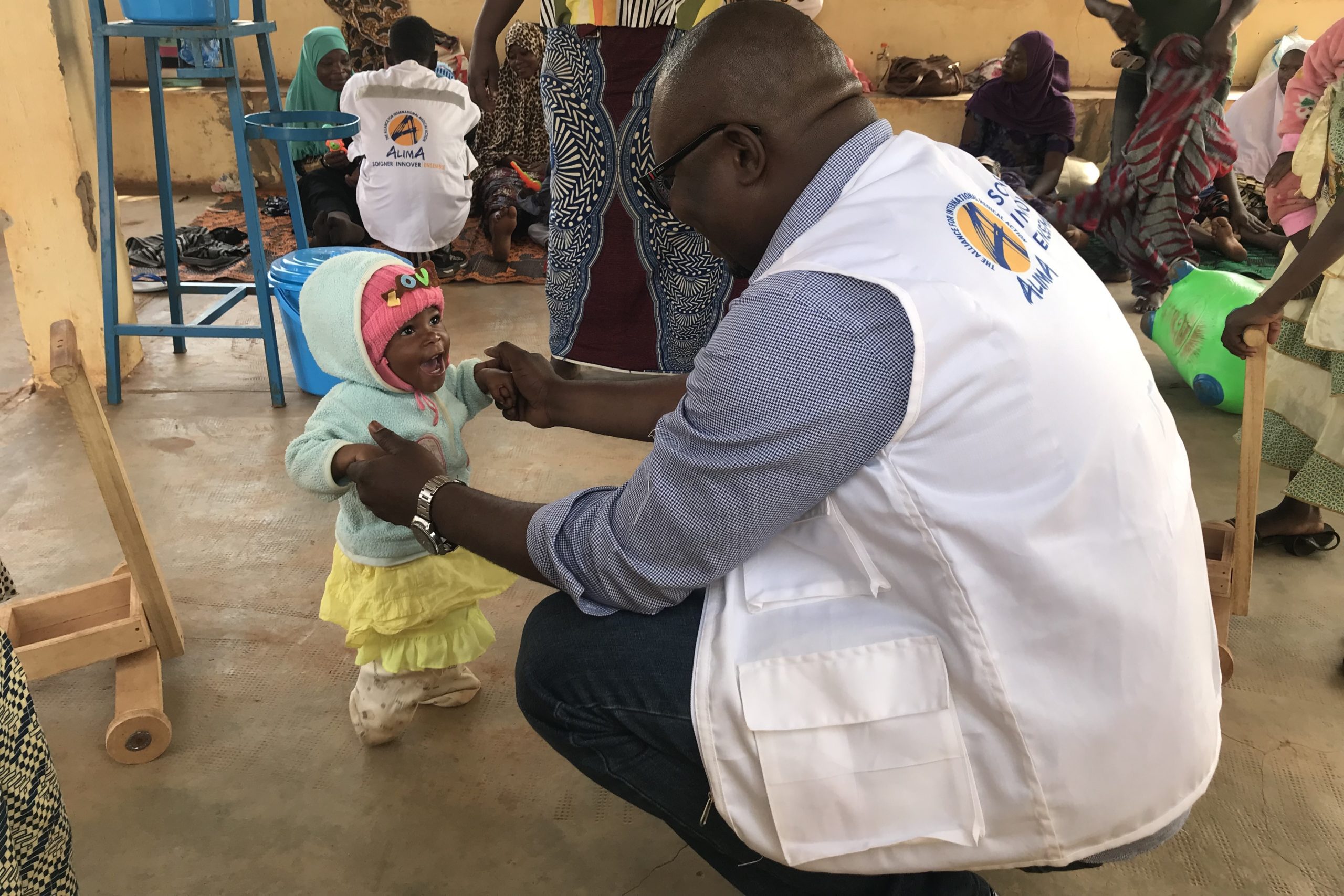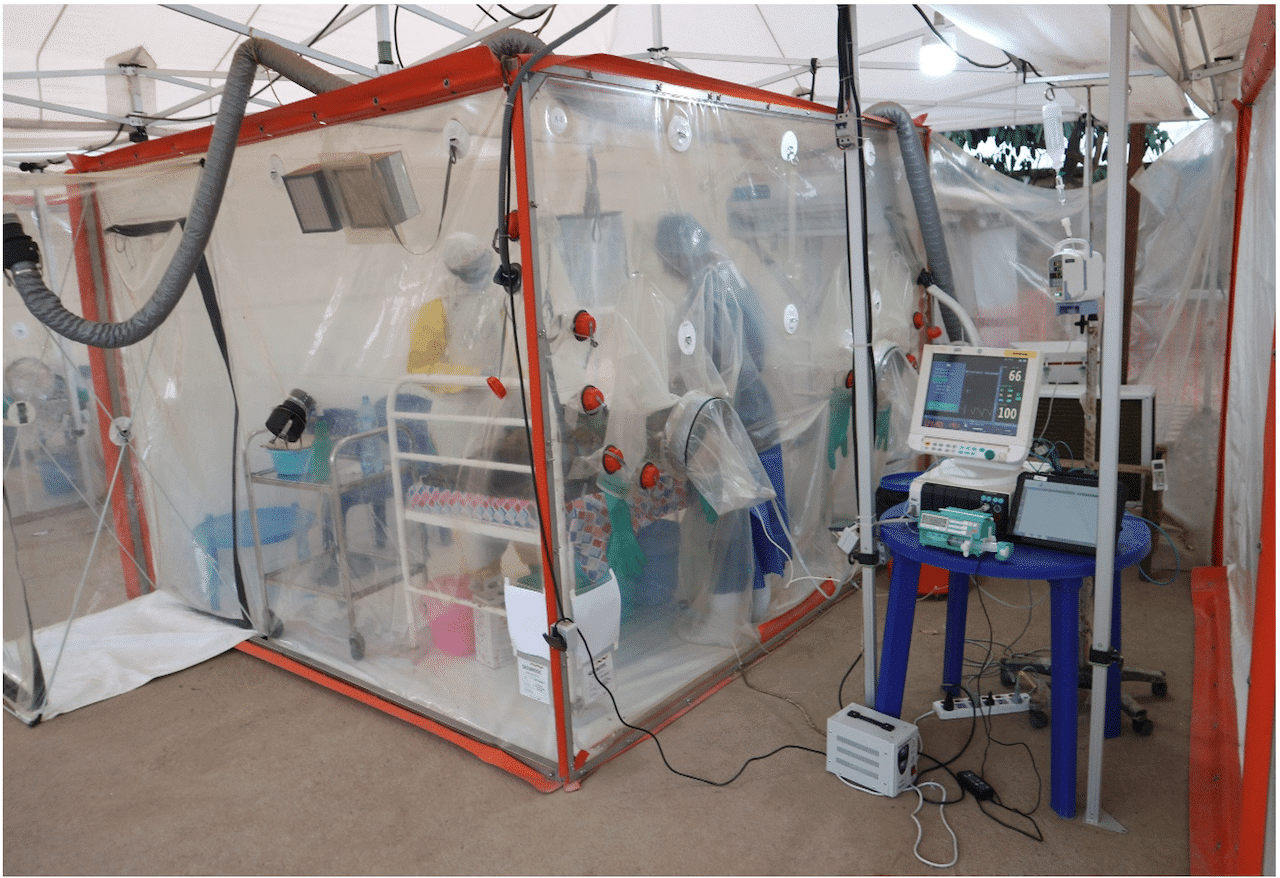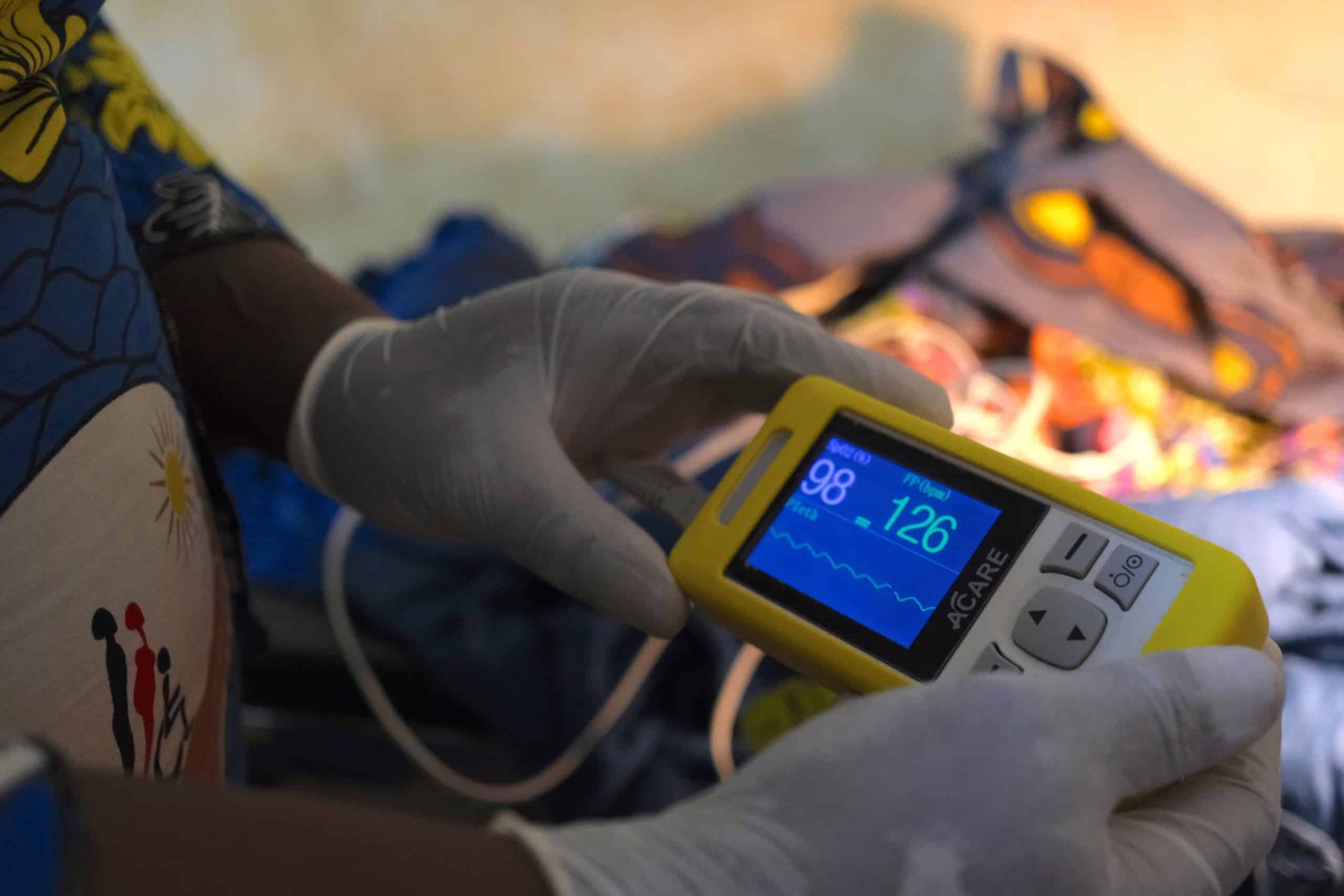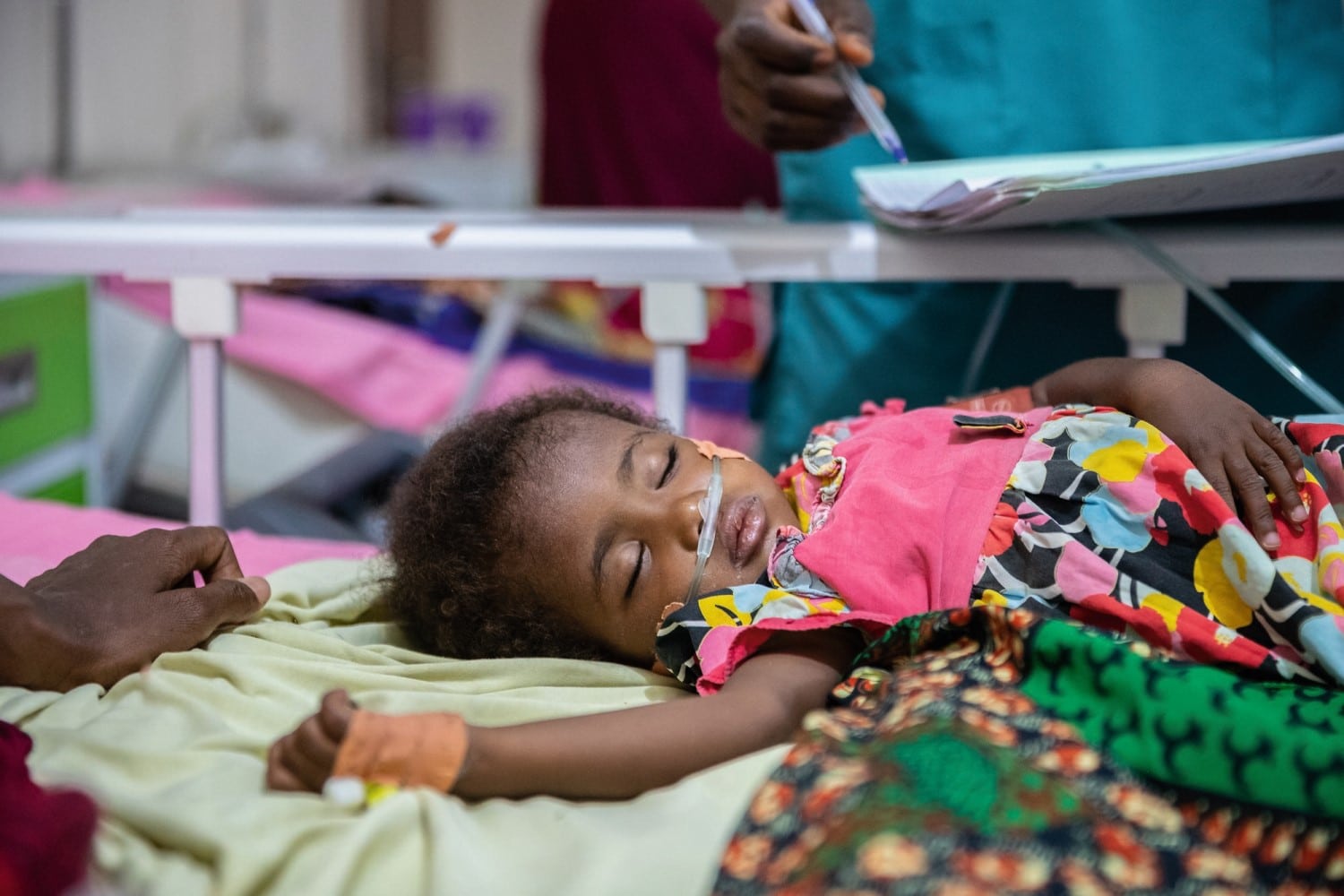OptiMA
A simplified approach to treat more malnourished children
Improving the fight against acute malnutrition is an urgent need
The African continent is the most affected by malnutrition. The estimated prevalence of malnutrition is 9.9% globally, reaching 21% in Africa.
In 2021, in the Sahel, where ALIMA has been working since 2009, the food insecurity situation has worsened considerably. It is becoming more alarming every year. The security context, economic downturns – accentuated by the COVID-19 health crisis – and the consequences of climate change are exacerbating an already dire food crisis.
Children pay a heavy price. Faced with this reality, ALIMA is looking for solutions to better fight against acute malnutrition in children under the age of five. OptiMA is one such solution.
Why OptiMA ?
Since 2014, the humanitarian community has highlighted the limitations in the current strategy for managing acutely malnourished children in Africa.
This is why ALIMA, via the CORAL platform – composed of ALIMA, researchers from the National Institute of Health and Medical Research (Inserm), the University of Bordeaux and the Institute of Research for Development (IRD) as well as researchers from the Abidjan PAC-CI program – has developed an innovative simplified approach :
OptiMA, optimizing the treatment of acute malnutrition
Its goal: to detect and treat acutely malnourished children more efficiently and reduce the mortality rate associated with this serious issue.
Innovating to better respond to nutritional crises
Different organizations propose simplified approaches to fight acute malnutrition more effectively¹. OptiMA is the approach that ALIMA has developed.
However, ministries of health in malnutrition-affected countries will only adopt such strategies if evidence of their effectiveness is collected, analyzed, and disseminated to communities and national and international decision makers.
ALIMA and other organizations involved in developing these approaches are conducting scientific research to provide evidence of their effectiveness. Since 2017, ALIMA has been conducting studies in five countries in West and Central Africa to measure the effectiveness of OptiMA.
The benefits of the OptiMA strategy
The innovative OptiMA strategy aims to eliminate the therapeutic silos that exist between care programs for children suffering from severe and moderate acute malnutrition by integrating all acutely malnourished children into a single program.
OptiMA is based on:
- The use of a single anthropometric measurement – Mid-Upper Arm Circumference (MUAC) and edema – for screening, admission and discharge from the program.
- A single treatment – ready-to-use therapeutic food – the dosage of which is reduced as the child’s condition improves.
- Training families, via the MUAC for Mothers approach, to detect their child’s malnutrition early through the use of a MUAC bracelet. This color-coded bracelet – green indicates good health, yellow indicates moderate acute malnutrition, and red indicates severe acute malnutrition – makes it easy to assess the child’s health and effectively prevent the risk of severe complications.
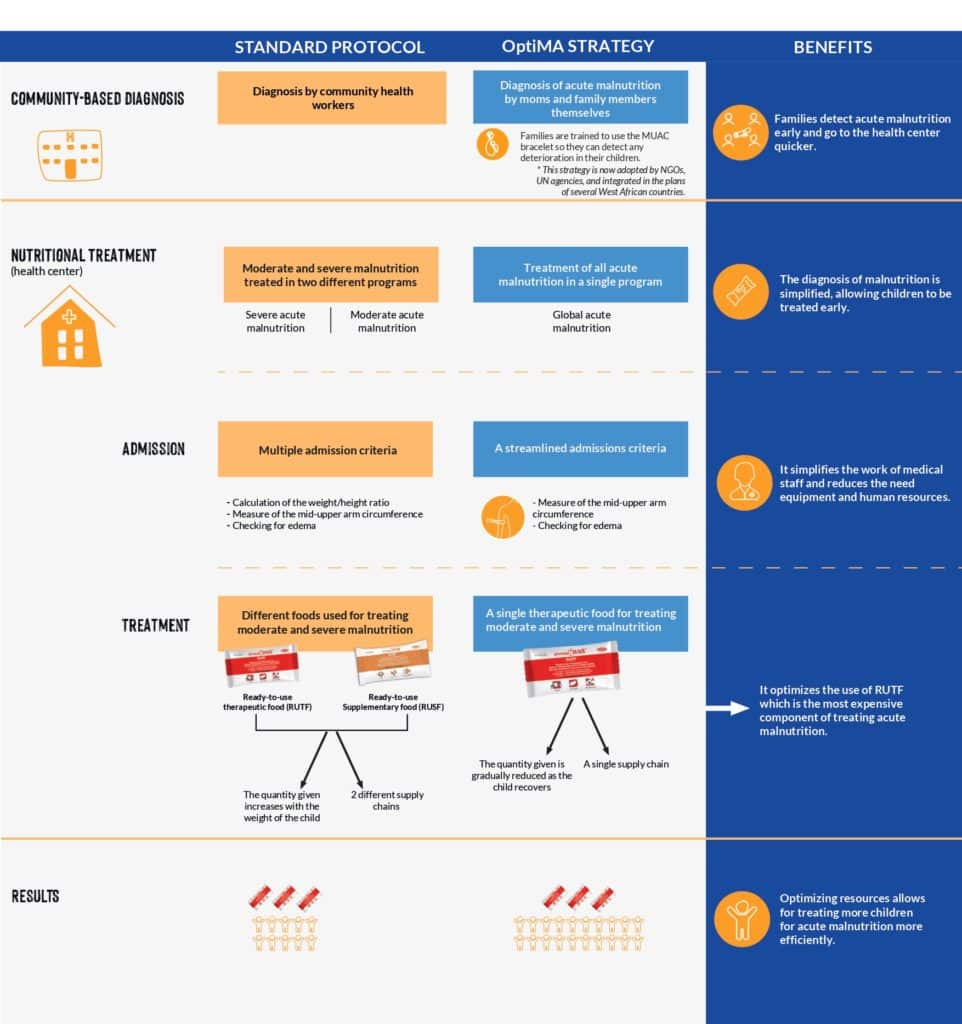
7
studies completed or ongoing (Burkina Faso, Niger, Mali, Democratic Republic of the Congo, Chad) since 2017
16 500
children cared for
with the OptiMA strategy within research projects since 2017
222
health workers trained
on the OptiMA strategy in January 2022 in Chad to implement an operational research study
OptiMA research countries
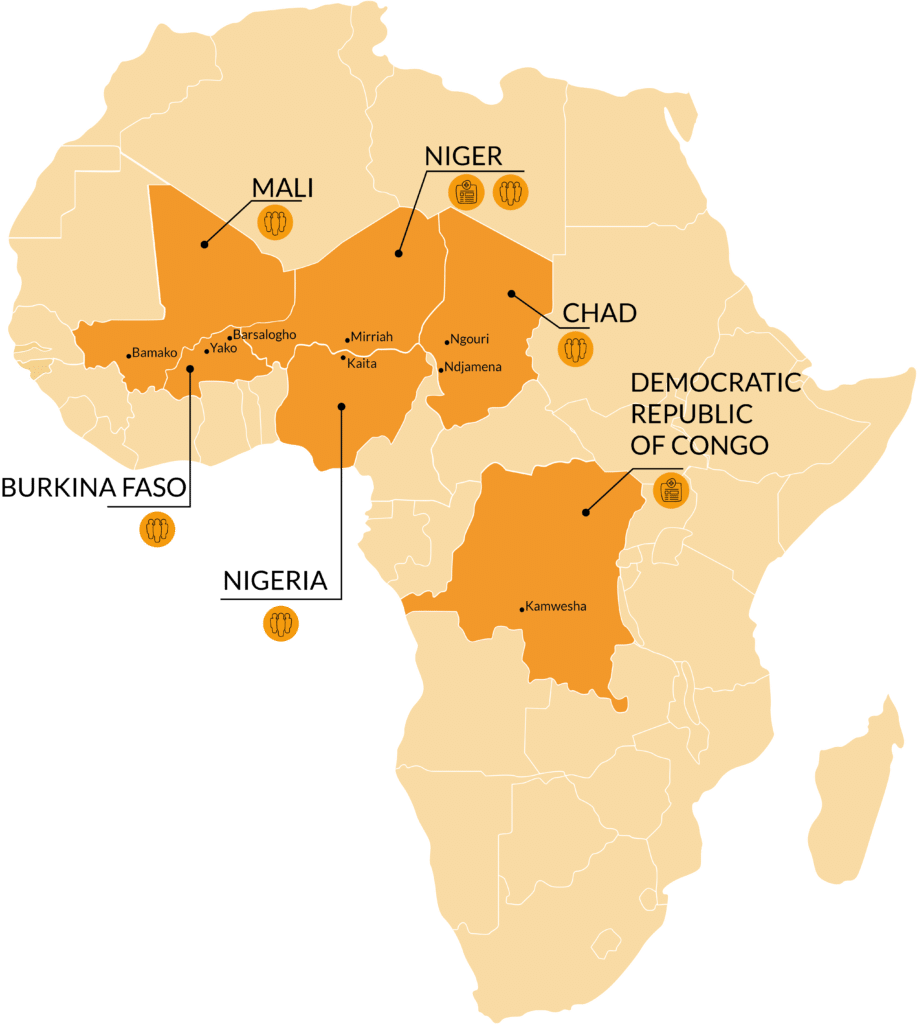
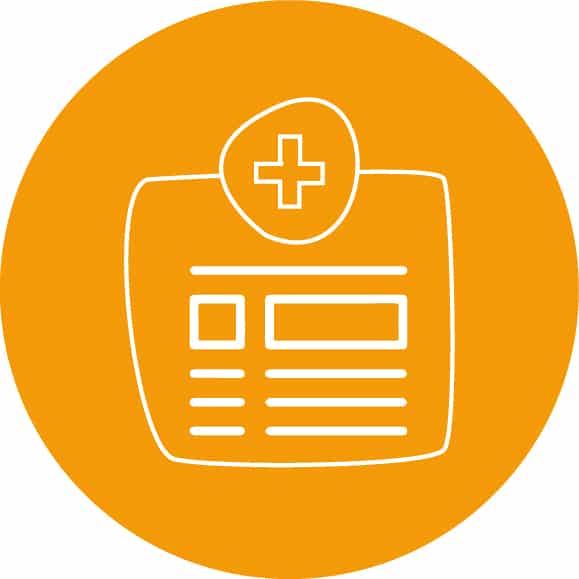

The OptiMA clinical study: A study that accurately compares different treatment protocols. It includes a limited number of children who are randomly assigned to the different protocols being studied. Such a study leads to scientifically sound conclusions.
The OptiMA operational study: A study that implements the OptiMA protocol on a larger scale – in one or more health districts – in the usual context of ALIMA interventions. The purpose of this type of study is to provide information on the protocol’s performance indicators, such as recovery rate, as well as feasibility.
Our partners
Research partners: Harvard University, Inserm, Yale University, PAC&CI
National partners:
PRONANUT (Democratic Republic of the Congo), Department of Nutrition (Niger), Department of Nutrition and Food Technology (Chad), Ministry of Health of Burkina Faso
Financing partners: The OptiMA project has received support from the French Development Agency (AFD), USAID’s Bureau for Humanitarian Assistance (BHA), Child Relief International (CRI), European Civil Protection and Humanitarian Aid Operations (ECHO), Enhancing Learning & Research for Humanitarian Assistance (ELRHA), Givewell Foundation, Innocent Foundation and the Principality of Monaco.
